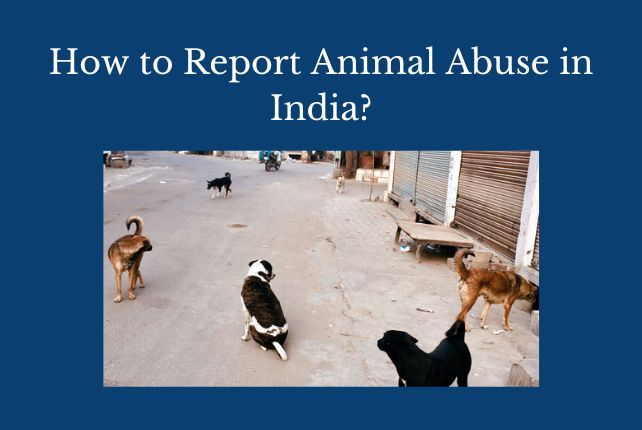Animal cruelty remains a dire issue in India, where the awareness surrounding it has gradually started to increase. The need to address this matter transcends mere compassion; it is a societal obligation to ensure that every sentient being receives the protection and respect it deserves. In this discourse, we will explore the process involved in filing a complaint against animal cruelty in India, the relevant laws, and the complexities often surrounding the situation. By unraveling this multifaceted subject, we can foster a greater understanding of the systemic issues underpinning animal welfare.
The first step in addressing animal cruelty is understanding what constitutes cruelty. The term encompasses a wide range of actions, from physical abuse and neglect to exploitation and abandonment. The Prevention of Cruelty to Animals Act of 1960 serves as a cornerstone for animal rights legislation in India, punishing acts of cruelty and establishing legal recourse for affected animals. This law is integral for individuals who witness or suspect animal abuse, as it provides a framework through which they can act.
To initiate a complaint, it is crucial to gather comprehensive evidence. Documentation is your biggest ally. Photographs or videos that illustrate the condition of the animal, a detailed account of the observations made, and any witness testimony can be invaluable. This may seem like a tedious process, but it lays a solid foundation for your complaint and increases the likelihood of legal repercussions for the offender. When confronted with egregious acts of cruelty, even the slightest detail can bolster the severity of your claims.
Once sufficient evidence is collected, the next step is to approach the local authority. Complaints can be lodged with various entities, including the local police station, the district animal welfare officer, or registered animal welfare organizations. In larger cities, there may be specialized units dedicated to animal welfare within the police force that can help expedite the process. Ensure you communicate the urgency and severity of the situation when presenting your case—this can enhance the responsiveness of law enforcement.
The police are generally required to take a First Information Report (FIR) regarding your complaint. This document serves as an official record of your allegations and stimulates the investigative process. However, there are instances where individuals may encounter disinterest or reluctance from authorities. If faced with such challenges, do not hesitate to escalate the matter. You might need to approach a higher authority within the department, or even consult with a legal expert who specializes in animal rights law. Persistence is often crucial in the pursuit of justice in these circumstances.
In the event that local authorities fail to act, you can also seek assistance from non-governmental organizations (NGOs) dedicated to animal welfare. These organizations frequently have the resources and legal expertise to apply pressure on police forces and can sometimes intervene directly in cases of neglect or abuse. They can further guide you on how to foster public awareness, using social media and community outreach strategies to shine a light on the issue and rally support.
Nevertheless, the ecosystem surrounding animal welfare complaints is not devoid of deeper societal implications. The prevalence of animal cruelty often stems from ignorance and cultural practices that overlook or trivialize the suffering of animals. Education plays a vital role. To foster a culture of compassion and respect towards animals, outreach programs in communities, schools, and colleges can make a significant difference. By teaching children the principles of empathy, responsible pet ownership, and the importance of animal welfare, we can root out the causes that lead to cruelty.
In parallel to educational initiatives, it is imperative to advocate for stricter enforcement of existing laws and the introduction of more rigorous legal measures. While the Prevention of Cruelty to Animals Act was a monumental step, continuous updates and amendments to strengthen the legislation can provide better protection for animals. Lobbying local legislators for these changes can yield benefits not just for the present moment but for future generations of animals in need.
Moreover, fostering community dialogue about animal rights is essential. Engaging local communities in discussions regarding the ethical treatment of animals can highlight cultural perceptions that contribute to abusive behaviors. Bringing awareness to how different societal factors can impact animal welfare offers deeper insights into why these issues persist and how they can be confronted effectively.
In conclusion, taking a stand against animal cruelty in India necessitates a comprehensive approach. By understanding the legislative framework, accumulating pertinent evidence, and utilizing the support of both authorities and organizations, individuals can effectively pursue justice for abused animals. However, beyond addressing immediate concerns, there lies a broader imperative to engender a culturally ingrained respect for animal life through education and activism. Each complaint filed is not merely an act against an isolated incident; it is a broader indictment of a culture that often overlooks the voiceless. Only through collective awareness and action can we hope to establish a society that earns its reputation as a truly compassionate community.









